Spring Cleaning
She is cleaning the windows
for spring.
With sanitary wipes
and a bottle of disinfectant.
Reaching high up
so that her shirt lifts up
exposing her
backside.
Call me sexist if you like,
but there is something about a woman cleaning
that is insanely
sexy.
Renoir
thought so
too.
I ask her if I can help
and she says
she is
fine.
I ask her again
with my arms around her waist
and now she understands.


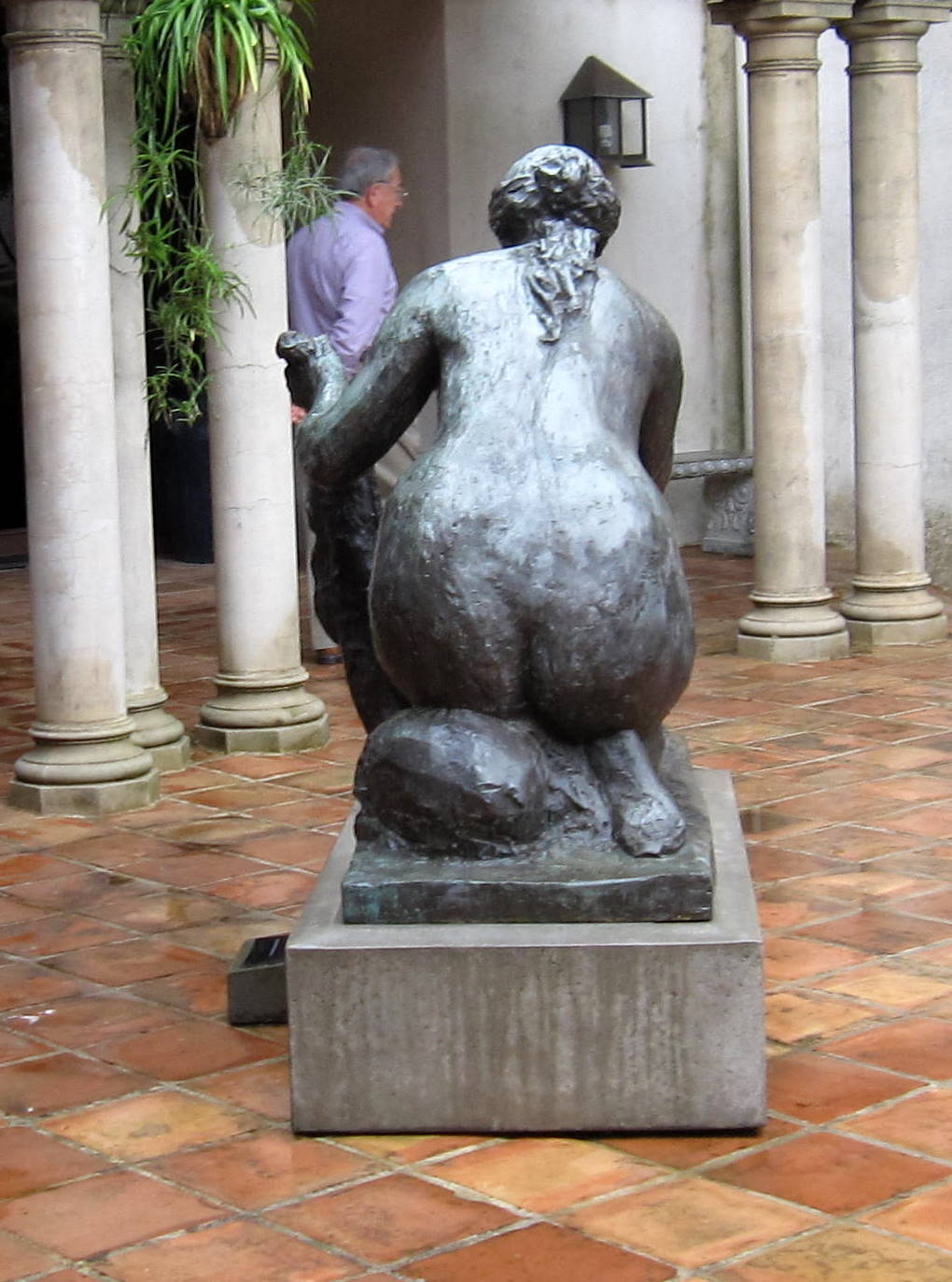
La Grand Laveuse (The Washerwoman) -- Auguste Renoir & Richard Guino [1917-1918]
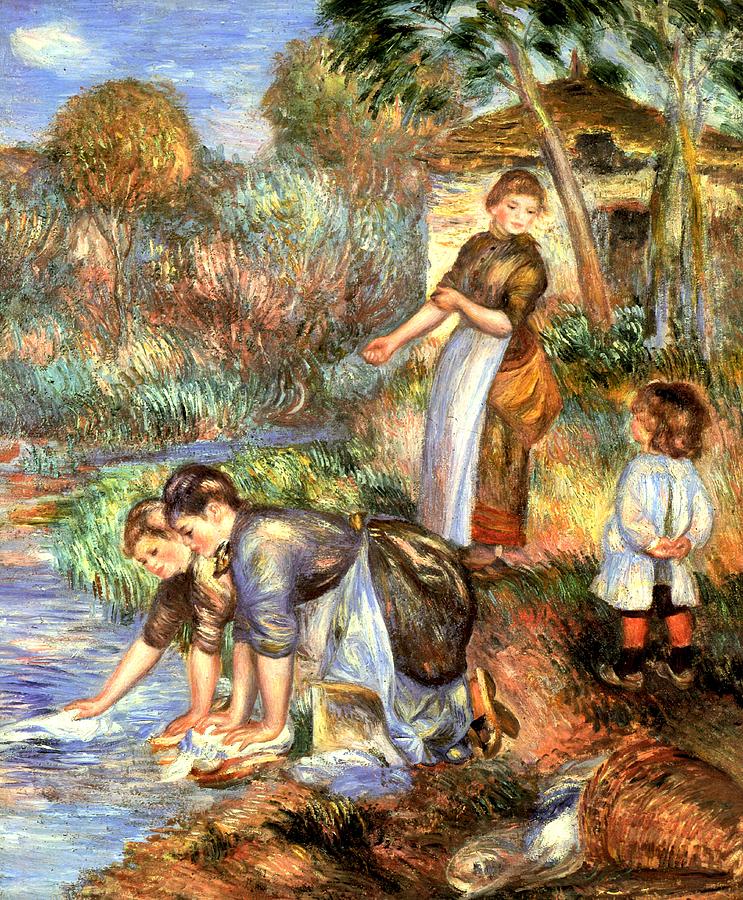
The Washerwomen [ca. 1888]
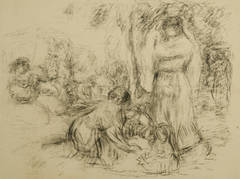
Les Laveuses, 2e Pensee [ca. 11910]
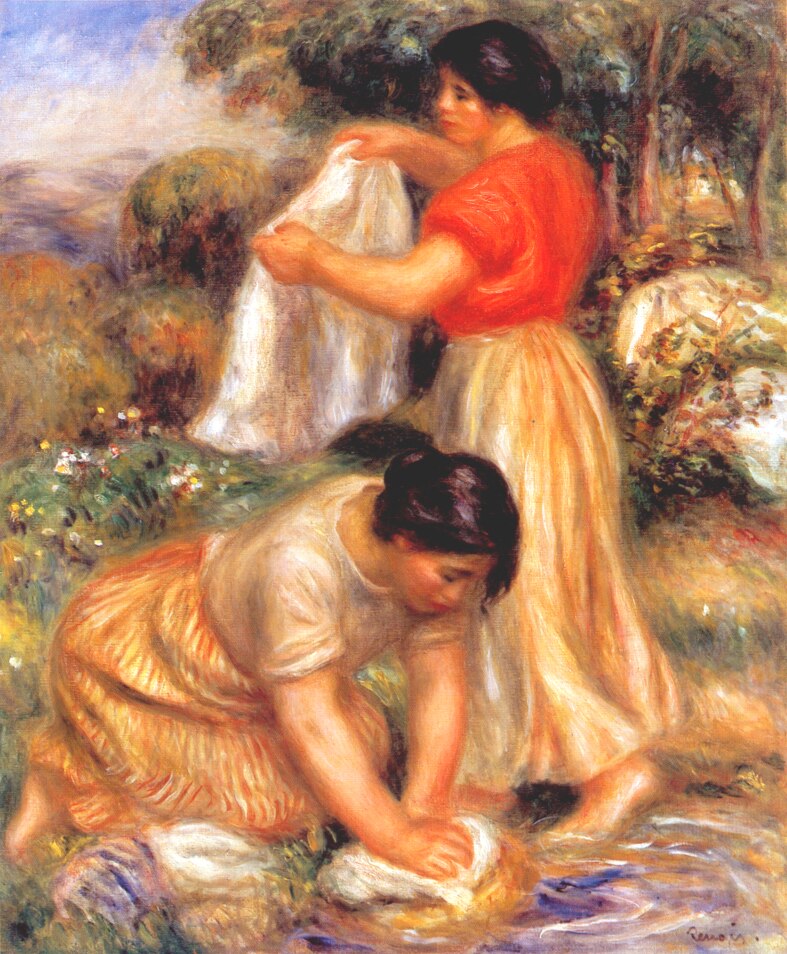
Washerwomen [ca. 1912]
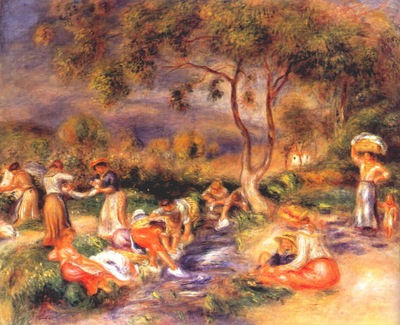
The Washerwomen at Cagnes [ca. 1912]
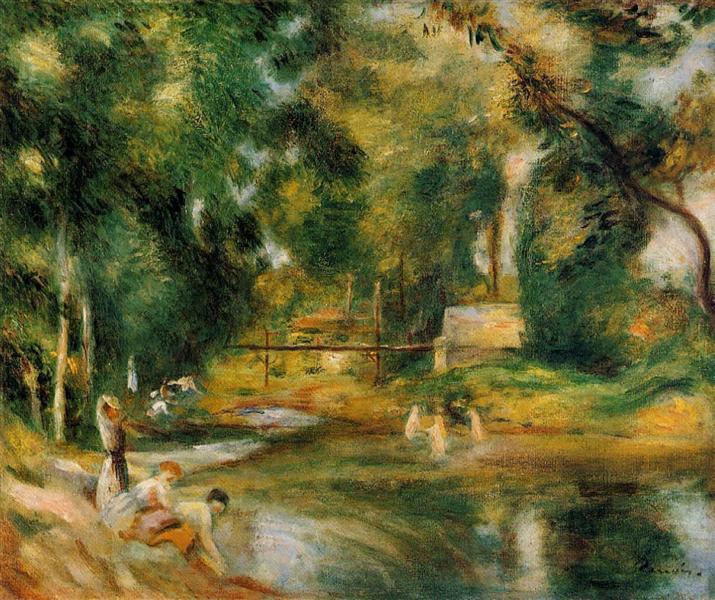
Essoyes Landscape - Washerwoman And Bathers [1900]
Auguste Renoir was a leading painter in the development of the Impressionist style. Herbert Read said that, as a celebrator of beauty and especially feminine sensuality, "Renoir is the final representative of a tradition which runs directly from Rubens to Watteau." A prolific artist, he created several thousand paintings. Although he had a natural proclivity for drawing, as a youth he exhibited a greater talent for singing; however, at 13 he had to discontinue his music lessons and leave school to pursue an apprenticeship at a porcelain factory, which adopted mechanical reproduction processes in 1858, forcing Renoir to find other employment. In 1862 he began studying art under Charles Gleyre in Paris, where he met Alfred Sisley and Claude Monet. Although he began exhibiting paintings at the Paris Salon in 1864, recognition was slow to come, and often he did not have enough money to buy paint. In the late 1860s, through the practice of painting light and water en plein air (outdoors), he and Monet, who often worked side by side depicting the same scenes, discovered that the color of shadows is not brown or black, but the reflected color of the objects surrounding them, an effect known today as diffuse reflection. After a series of rejections by the Salon juries, he joined forces with Sisley, Monet, Camille Pissarro, and others to mount the first Impressionist exhibition in April 1874, in which Renoir displayed six paintings. Around 1892 he developed rheumatoid arthritis, leading to progressive deformities in his hands and ankylosis of his right shoulder, but continued to paint dispite limited mobility, though he required an assistant to place a brush in his hand and used a moving canvas, or picture roll, to facilitate painting large works. Late in life he turned to sculpture, supplying drawings for Richard Guino to work into clay.
ReplyDelete